Ships That Experienced Misfortune At Sea
Throughout history, the ocean has been both a pathway and a mystery, drawing us in with tales of adventure and loss. Lost ships captivate our imagination, sparking curiosity about what might have happened to these vessels and their crew. From ghostly legends to real-life tragedies, each story holds a unique blend of intrigue and history. These maritime mysteries keep us pondering the infinite possibilities of the seas and the secrets they hold beneath their waves.
The Mystery of the Mary Celeste

The Mary Celeste is perhaps one of the most famous maritime mysteries. Discovered adrift in the Atlantic Ocean in 1872, the ship was eerily intact with its cargo untouched, yet its crew was nowhere to be found. Theories about the crew’s disappearance range from pirate attacks to sea monsters, but none provide a definitive answer. This ghost ship continues to puzzle historians and enthusiasts alike, as no concrete evidence has ever been uncovered to solve the mystery.
Ghostly Legends of the Flying Dutchman
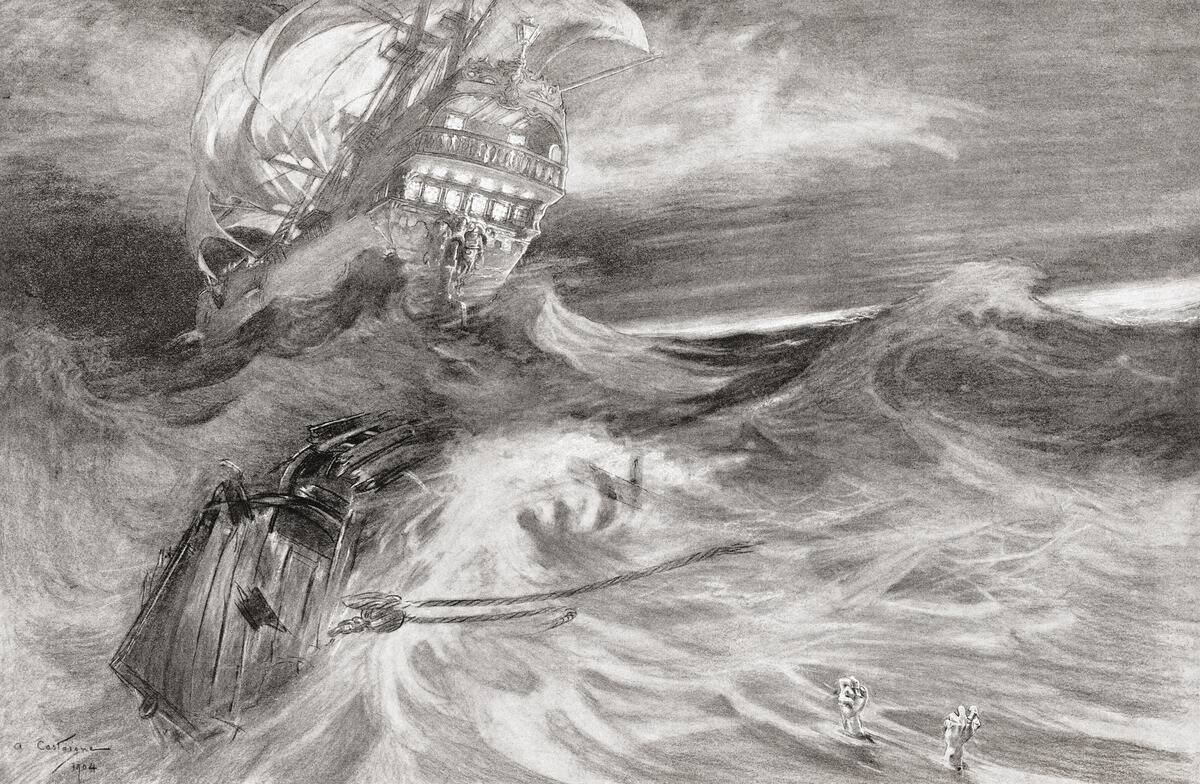
The Flying Dutchman is a legendary ghost ship doomed to sail the oceans forever. Originating from 17th-century nautical folklore, this phantom vessel is said to appear as a bad omen to sailors. Sightings have been reported throughout history, with one of the most famous being by King George V when he was still a prince. The enduring legend of the Flying Dutchman has inspired countless stories, songs, and films, reinforcing its place in maritime mythos.
The Tragic Tale of the RMS Titanic
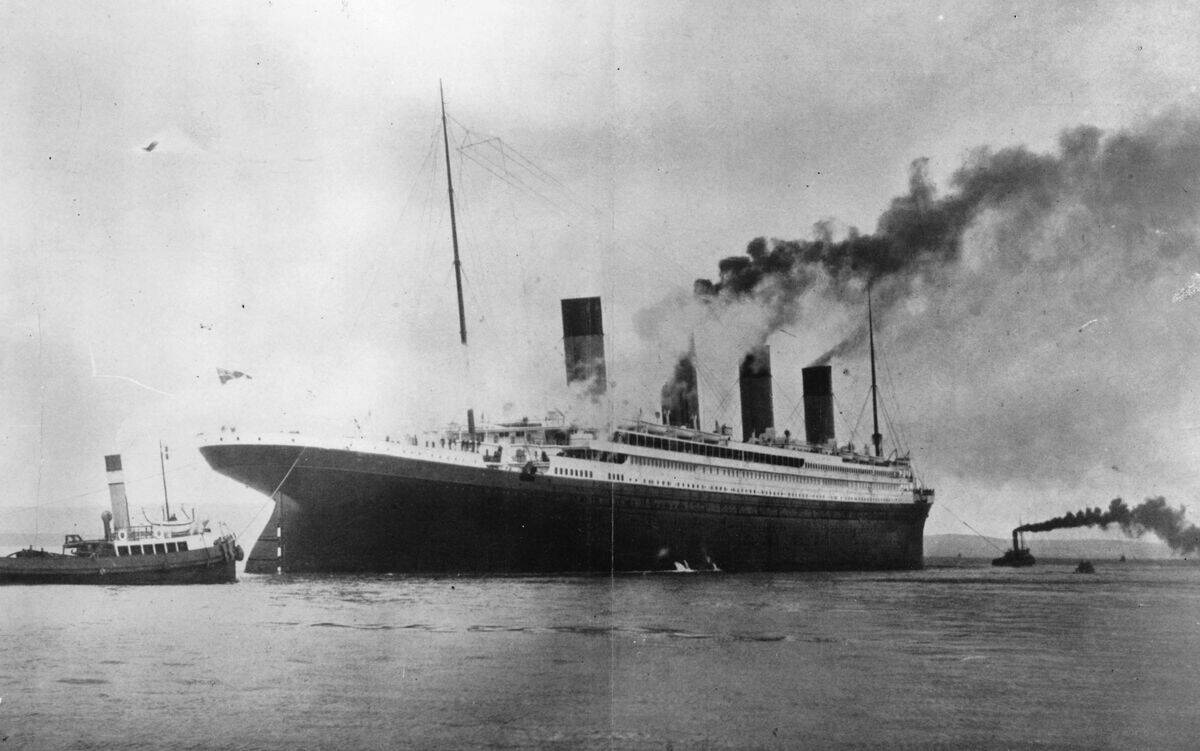
The sinking of the RMS Titanic in 1912 remains one of the most tragic maritime disasters. Dubbed ‘unsinkable,’ the ship struck an iceberg on its maiden voyage, leading to the deaths of over 1,500 passengers and crew. The lack of lifeboats and the chaos during evacuation contributed to the high death toll. The Titanic’s story continues to be retold in books and movies, serving as a poignant reminder of nature’s unpredictability and the limits of human engineering.
The Vanishing of the USS Cyclops
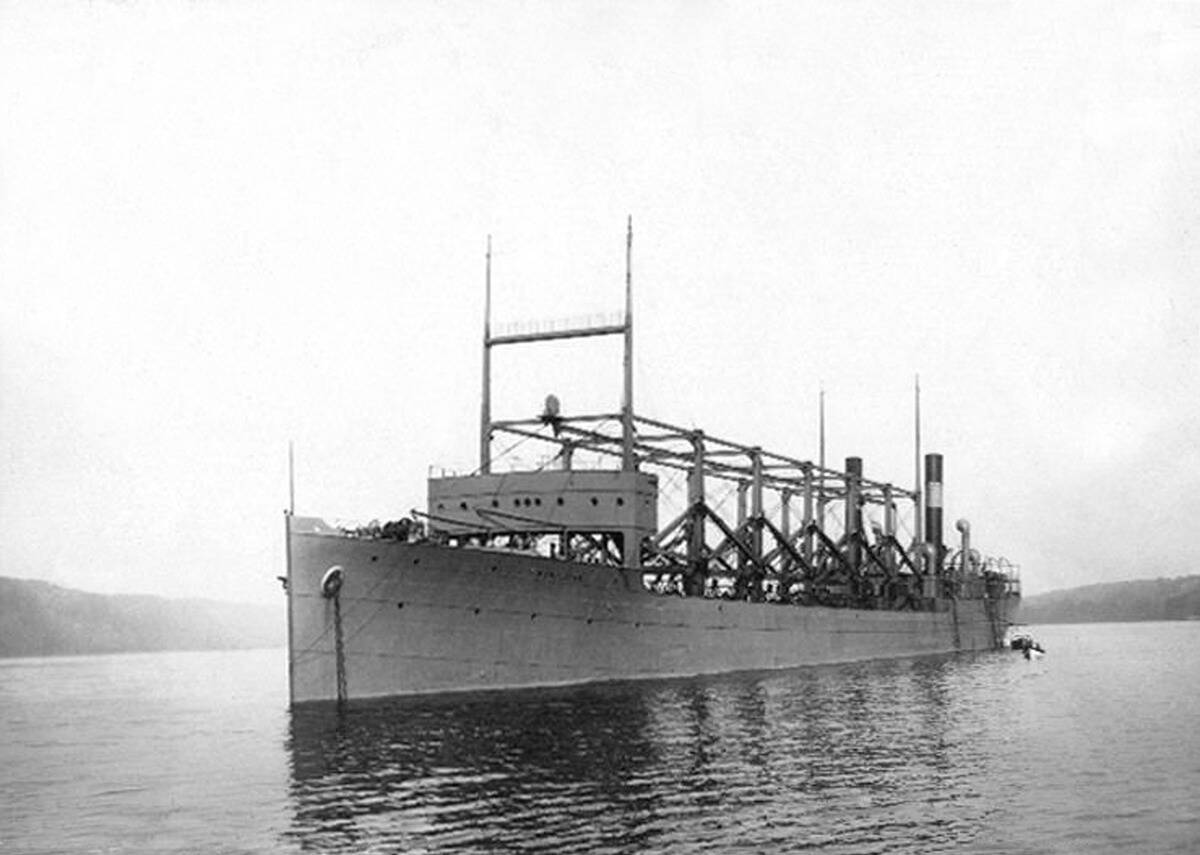
In 1918, the USS Cyclops, a US Navy cargo ship, disappeared in the Bermuda Triangle with over 300 men and 10,000 tons of manganese ore on board. Despite being one of the Navy’s largest fuel ships, no distress signal was ever received, and no wreckage was found. Theories include everything from enemy actions to rogue waves, but the disappearance remains unsolved. The Cyclops’ vanishing is one of the most enduring mysteries of the Bermuda Triangle.
The Unsolved Puzzle of the HMS Erebus and HMS Terror

The HMS Erebus and HMS Terror were part of Sir John Franklin’s ill-fated expedition to find the Northwest Passage. In the 1840s, both ships became icebound in the Canadian Arctic, leading to the crew’s demise. It wasn’t until 2014 and 2016 that the wrecks were discovered, providing some clues to their fate. However, the full story of what happened during the expedition remains a matter of speculation, with questions about survival and leadership still lingering.
The Bermuda Triangle and the USS Scorpion
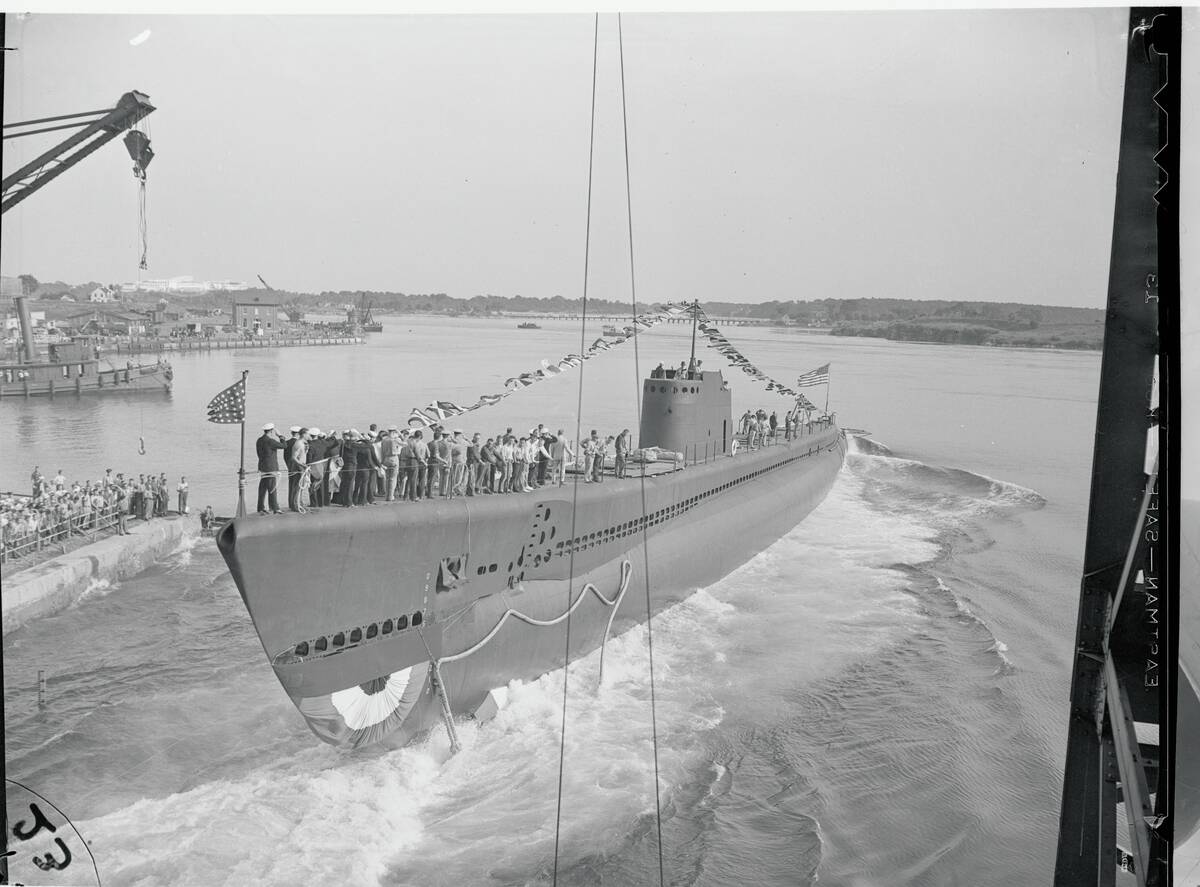
The USS Scorpion, a nuclear submarine, was lost in 1968 in the Bermuda Triangle, adding to the area’s mysterious reputation. Found five months later on the ocean floor, the cause of its sinking remains debated. Some suggest mechanical failure, while some theories point to Cold War espionage. Despite extensive investigations, the exact circumstances remain elusive, fueling speculation about the Bermuda Triangle’s role in maritime disappearances.
The Fate of the SS Edmund Fitzgerald
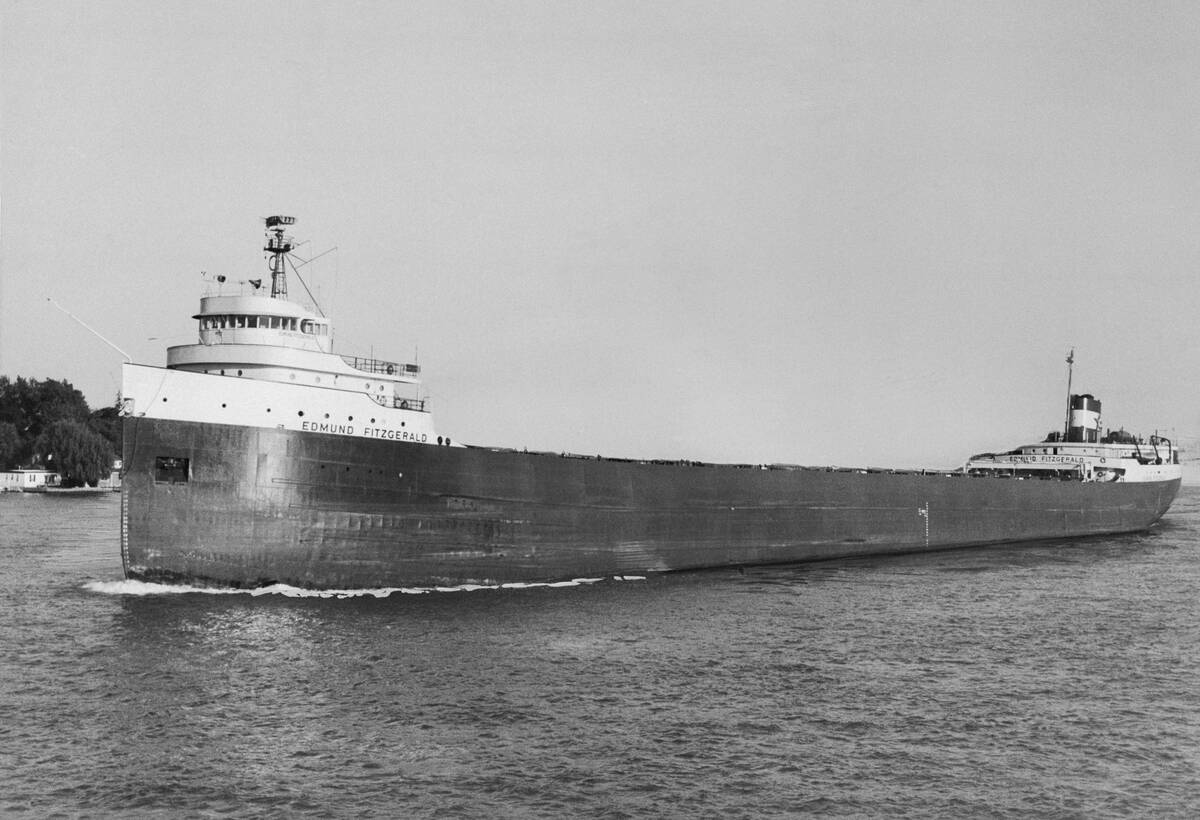
The SS Edmund Fitzgerald, a Great Lakes freighter, sank in a severe storm on Lake Superior in 1975, with all 29 crew members lost. The wreck was found in two pieces on the lakebed, but the exact cause of the sinking remains unknown. The tragedy inspired Gordon Lightfoot’s haunting ballad, “The Wreck of the Edmund Fitzgerald,” keeping the memory of the event alive in popular culture. The ship’s story is a somber reminder of the power of nature and the risks of maritime commerce.
The Mysterious Sinking of the MS Estonia
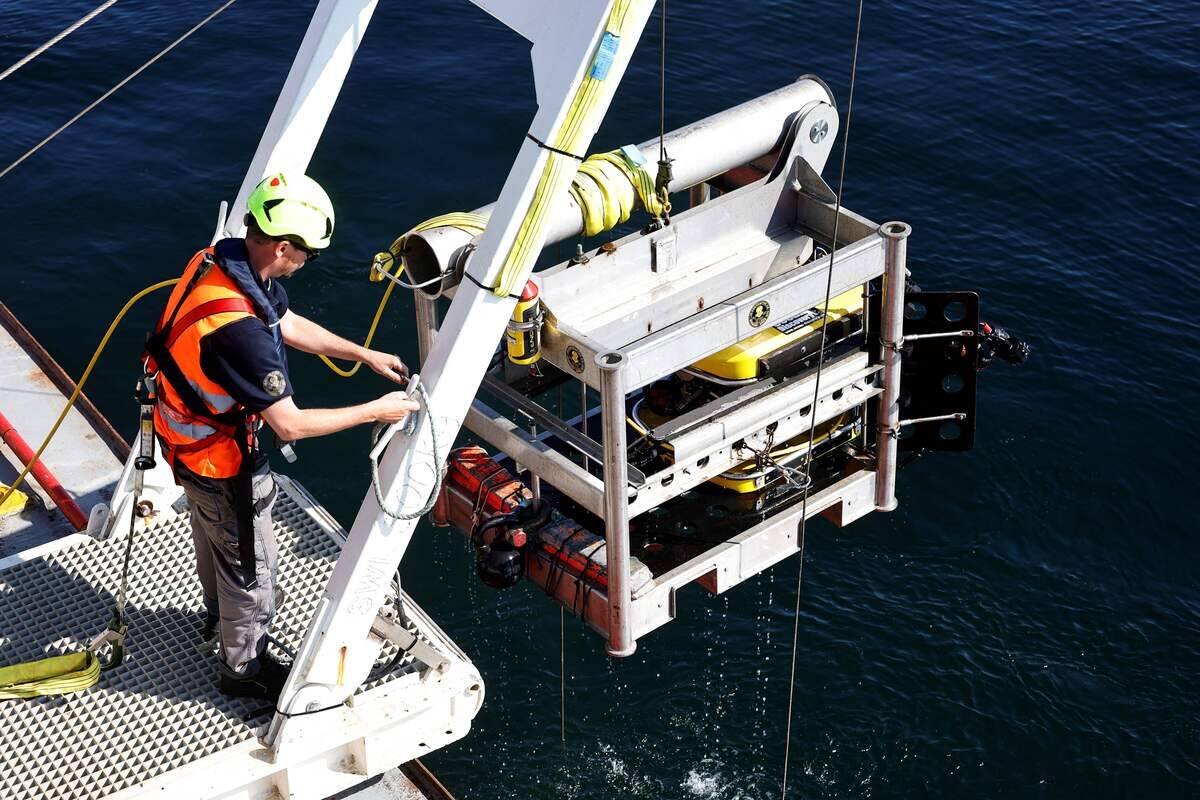
The sinking of the MS Estonia in 1994 is one of Europe’s deadliest peacetime maritime disasters. The ferry went down in the Baltic Sea, resulting in the loss of 852 lives. An official investigation cited a faulty bow visor as the cause, but survivors and experts have challenged this conclusion, suggesting other possibilities like explosions. The tragedy has led to improved safety regulations, but it remains a poignant reminder of the vulnerabilities of sea travel.
Why We Are Captivated by Lost Ships
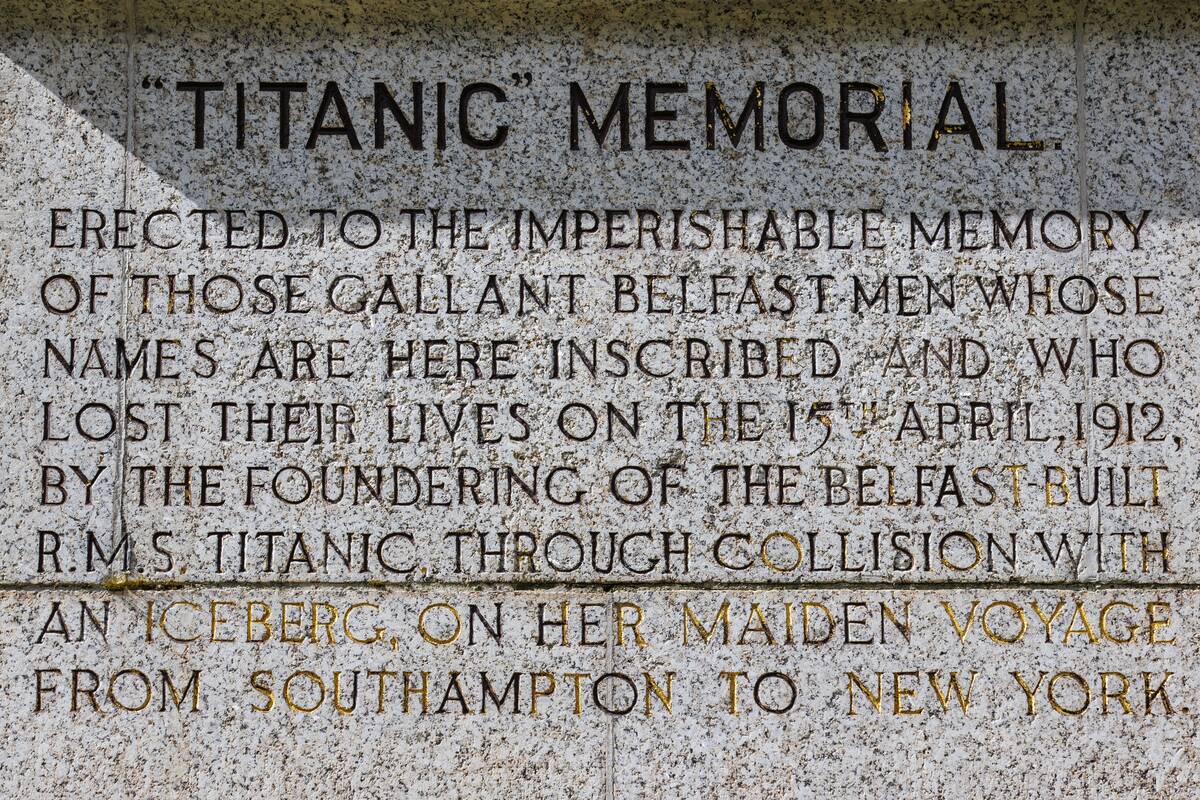
Lost ships, with their tales of adventure, tragedy, and mystery, hold a timeless allure. They remind us of the vast, unpredictable nature of the sea and our own vulnerability against its might. These stories, whether rooted in fact or folklore, encourage us to explore the unknown and confront the limits of human endurance. As long as there are oceans to sail, the fascination with lost ships will endure, captivating future generations with their enigmatic legacies.



